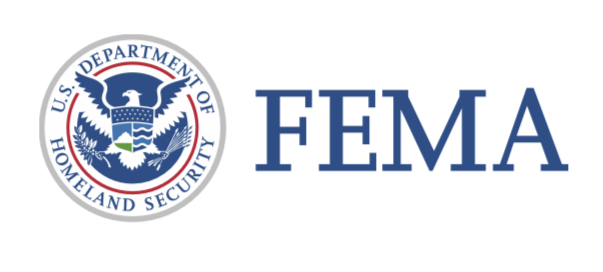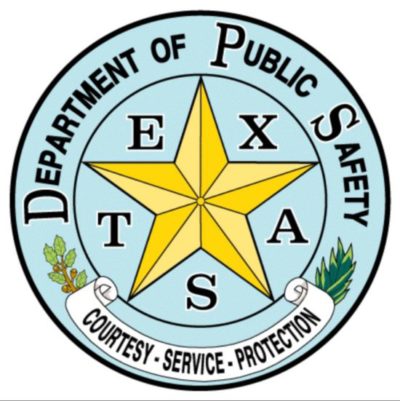FEMA is leveraging technology to deliver the agency’s programs at the highest level possible, while preserving our workforce and survivors. FEMA will conduct virtual home inspections for Texas survivors, in designated counties, who sustained damage after the winter storms that began Feb. 11.
What to Expect After Applying for FEMA Assistance
After applying for FEMA assistance, uninsured or underinsured Texans may be contacted to schedule a virtual home inspection for applicants who reported that their home is not safe, sanitary or functional.
Applicants who self-reported during registration that they received minimal damage and can live in their homes will not automatically be scheduled for a home inspection. Instead, they will receive a letter from FEMA explaining that they may call the FEMA helpline at 800-621-3362 (TTY: 800-462-7585) to request an inspection if they find significant disaster-caused damage to their home after they applied.
What to Expect During a Virtual Inspection
Inspectors will initiate virtual inspection process by contacting the applicant via the telephone numbers listed in the application. The inspector will ask the applicant if they would like to perform the inspection and in many cases be able to offer it via video streaming using Apple FaceTime or Zoom Video Communications. Inspectors are trained to help the applicant with downloading and/or signing-up to Zoom Video if necessary.
If an applicant needs a reasonable accommodation, including translation and ASL interpreters, they may respond to question number 24 about people with disabilities and others with access and functional needs. They may also request the accommodation or service at the time of the inspection or any time during the recovery process.
▪ This can be done by having the applicant provide a relay service number such as a videophone, Innocaption or CapTel and make sure FEMA has that as your contact number in your application. If you are communicating through Zoom or FaceTime, you can request an interpreter through Facetime or an interpreter and captioning through Zoom.
▪ A household member, relative or friend may also assist in communicating with the inspector.
During the inspection applicants will be asked questions about the type and extent of damage sustained. During the video streaming, the applicant will have the opportunity to show the inspector their areas of concern such as roof, windows, floor, ceiling, basements, access points, habitability, rooms, furniture, appliances, Americans with Disabilities Act items (such as ramps and grab bars), etc.
▪ A video assessment can be combined with an exterior-only inspection, when necessary.
For more information on the process, please watch the video below to see what to expect. Visit the FEMA YouTube page: FEMA Uses Technology to Conduct Inspections for Disaster Survivors – YouTube. Determination
▪ Based on existing eligibility criteria, FEMA may provide grants for home repairs and replacing certain essential personal property items.
▪ Home repair grants are provided based on the type of residence and the applicant’s responses during the virtual inspection. FEMA assistance is limited to making essential repairs to make certain areas of a home livable. Those areas include the living room, kitchen, bathroom, and currently occupied bedrooms.
If You Can’t Do a Virtual Inspection
▪ While video streaming inspections are being conducted in a limited capacity, applicants who do not have the ability to participate with video through Zoom or Facetime will speak with inspectors by phone.
▪ If video is not possible, the inspector will guide through a series of questions to help evaluate the damage. Keep in Touch with FEMA
▪ Part of the FEMA disaster assistance registration process includes providing a call back phone number for FEMA to contact the applicant to set up a virtual home inspection for damage caused by the disaster and other helpline information.
▪ It is important to update the contact information if it changes. Applicants may update contact information online at www.DisasterAssistance.gov, by downloading the FEMA app or calling the helpline number.
▪ Applicants who use a relay service, such as InnoCaption or CapTel, should provide their specific number assigned to that service. It is important that FEMA can contact them. Applicants should be aware phone calls from FEMA may come from an unidentified number.
#




0 Comments